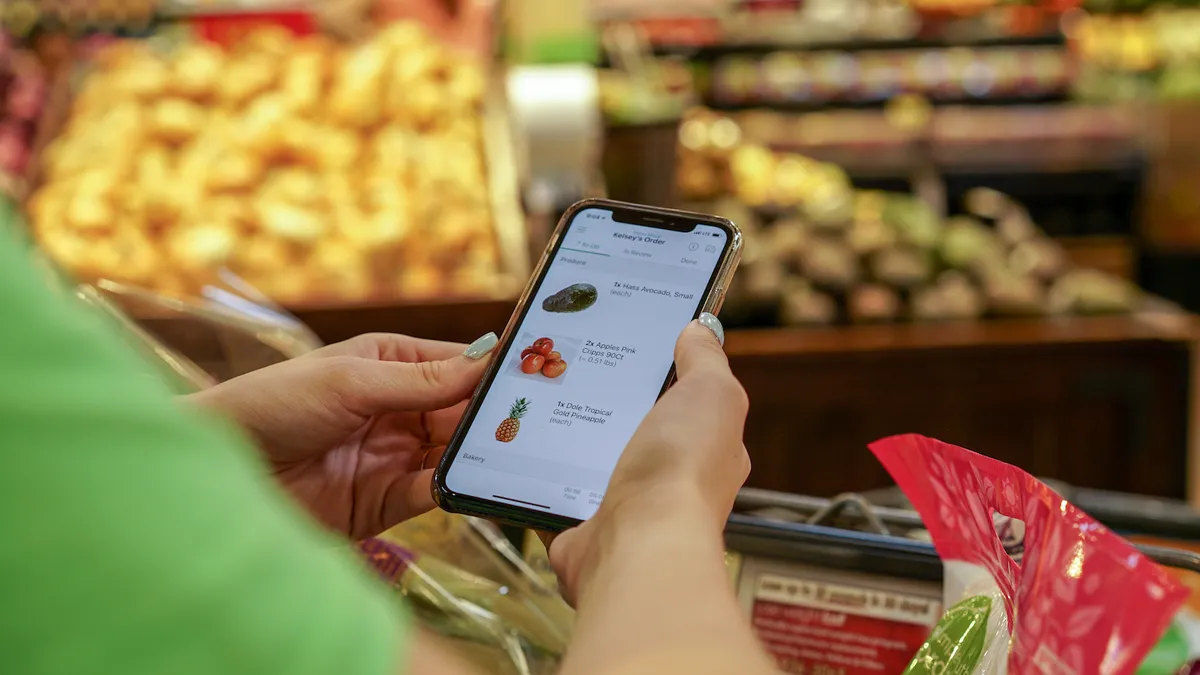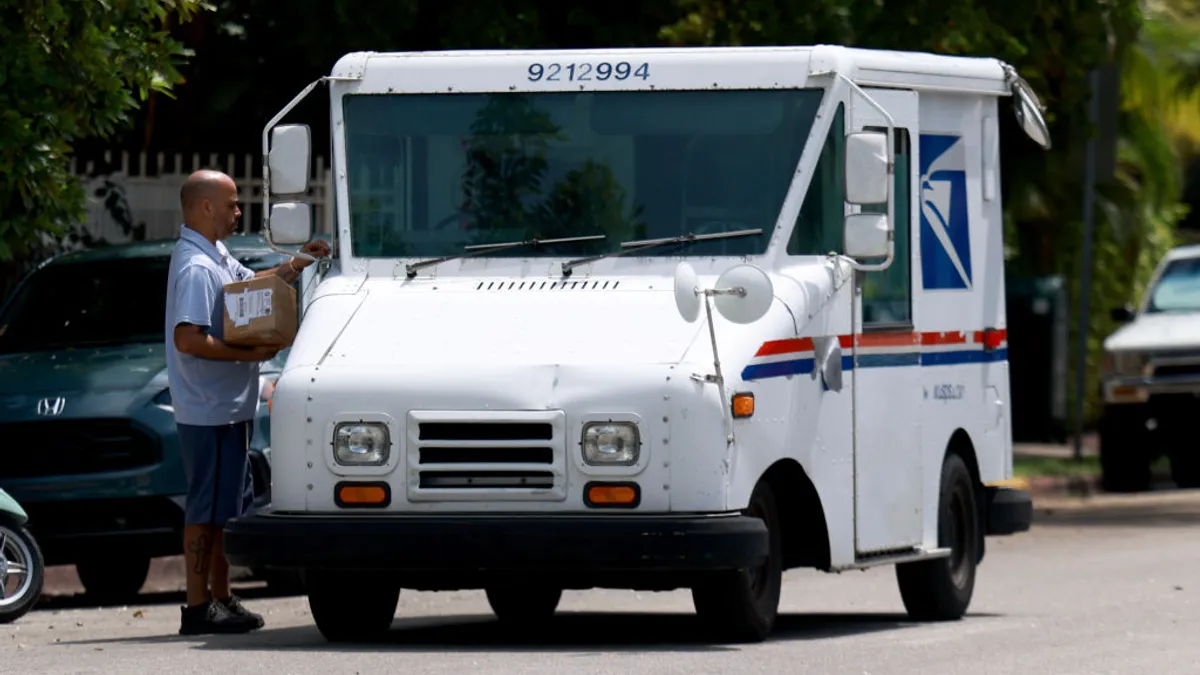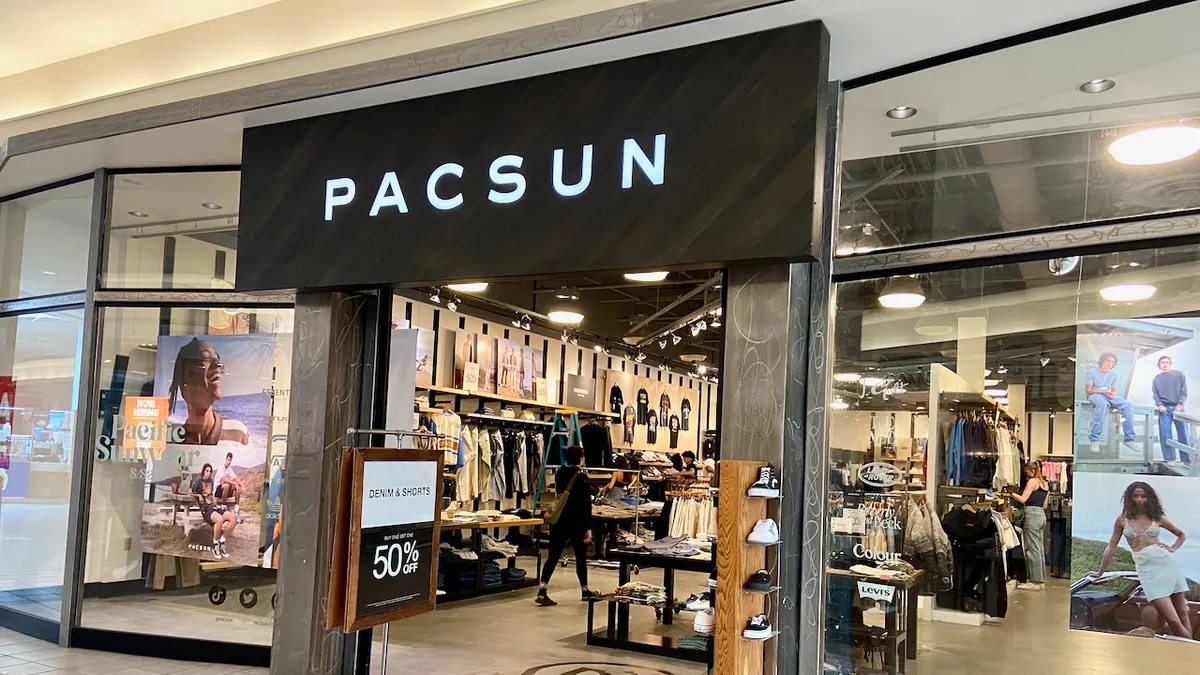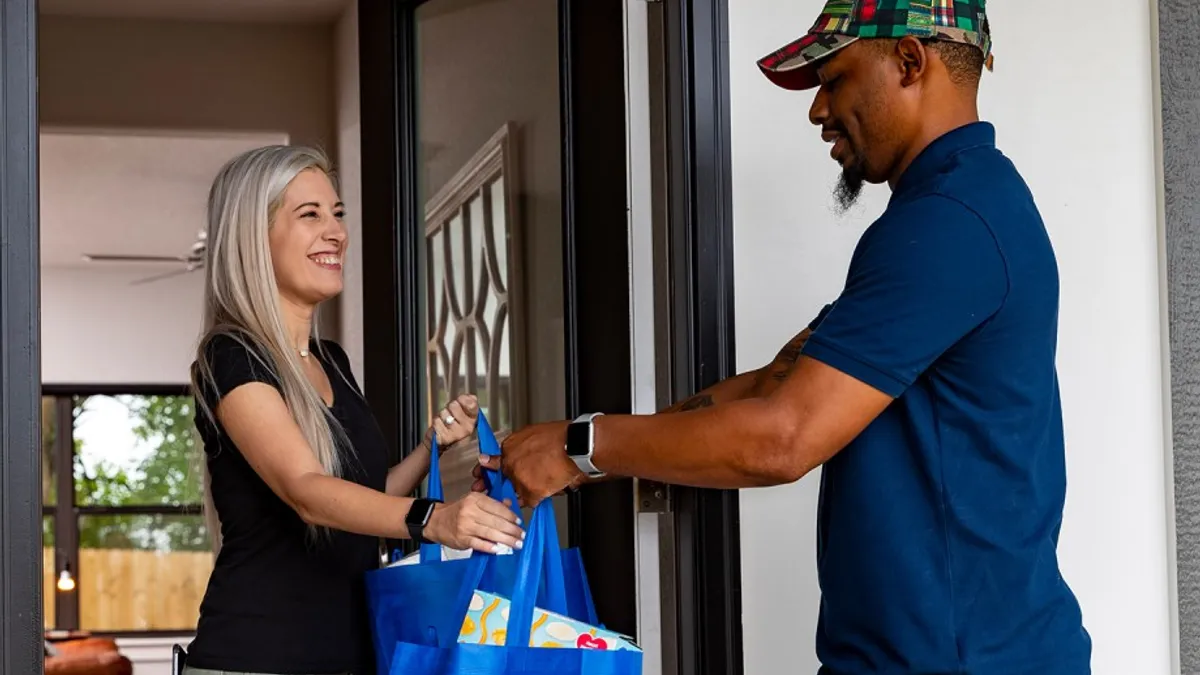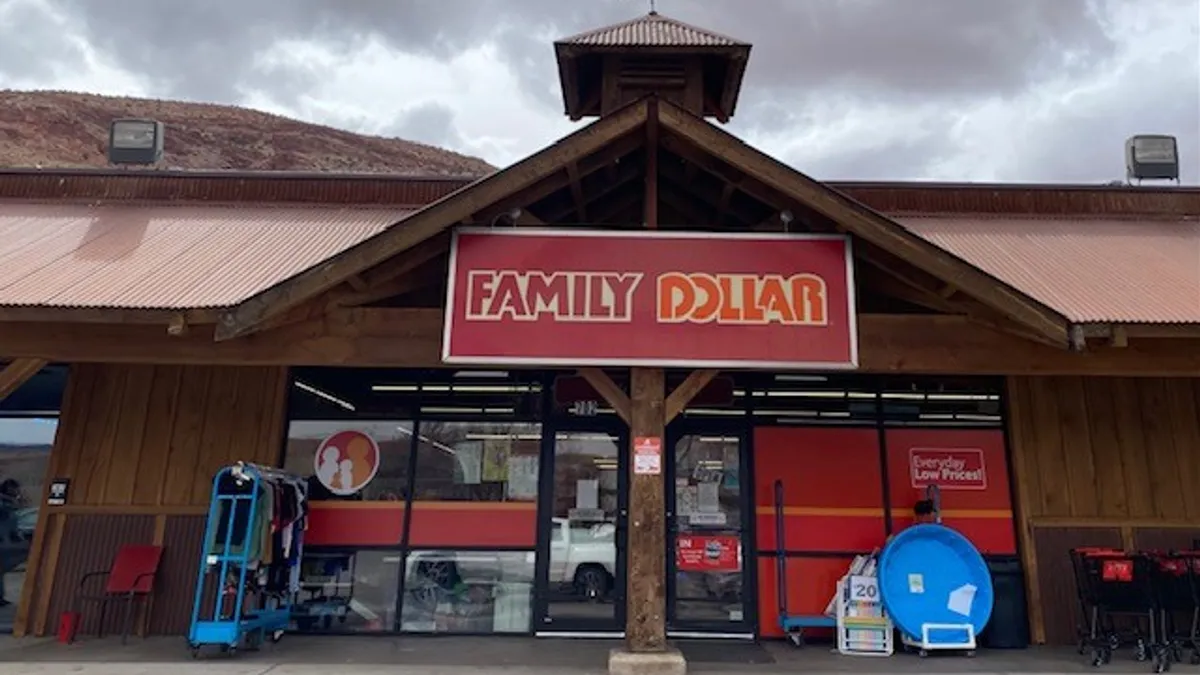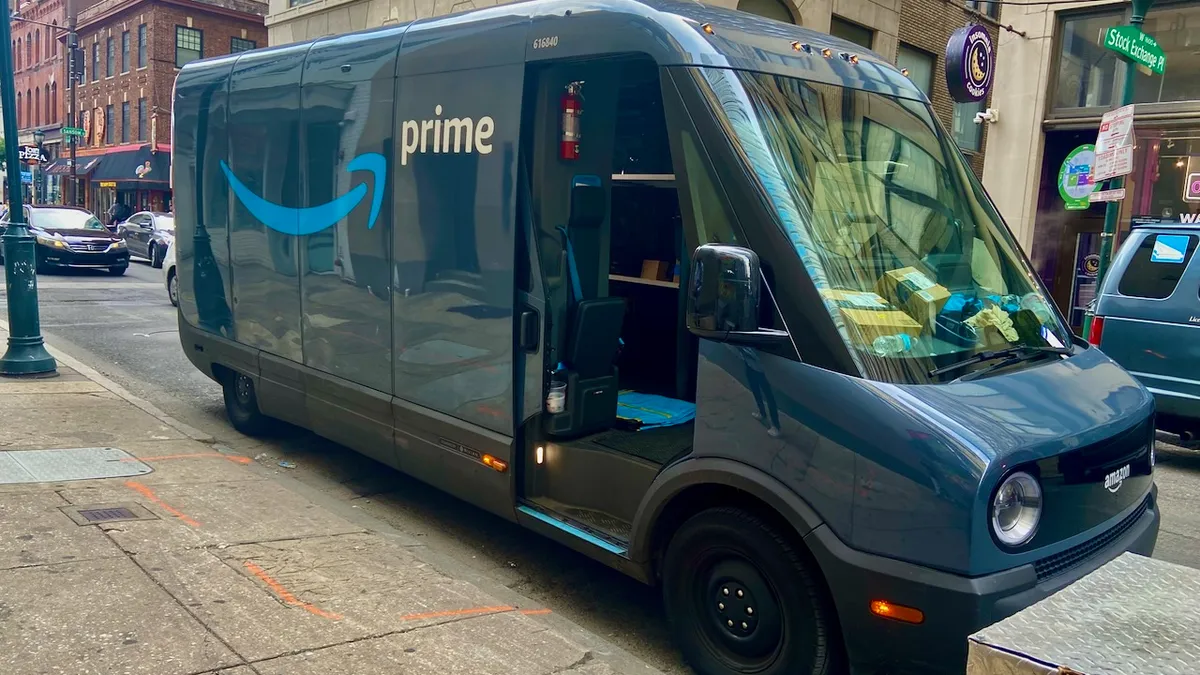Grocery supply chains must adapt to a new reality as the Amazonification of retail comes to the industry. Grocers' success in online order services could make or break their relationship with customers, according to a report from Fabric, a micro-fulfillment company specializing in grocery operations.
"Our research shows that 65% of consumers would consider shopping from a different retailer if their normal grocery store didn’t provide a same-day home delivery or curbside pickup option," Fabric's Chief Commercial Officer Steve Hornyak told Supply Chain Dive via email. "Retailers need to be moving quickly to implement a fulfillment model that enables them to offer same-day online shopping experiences while doing so sustainably."
Industry projections show online grocery is not only here to stay, it will take a growing share of the overall market, potentially hitting $60 billion in sales by 2023, according to data from Statista. The speed of delivery required to compete has already begun to transform retailers' approach to their operations. The following charts explain how.

Of the consumers Fabric surveyed, 92% said they prefer to have their online grocery orders fulfilled on the same day, 33% said they want their order ready in two hours or less.
Meeting such a tight deadline has pushed grocers to get creative. Buy-online, pickup in-store (BOPIS) has proven popular, with Target and Walmart leading the pack, and the tactic has made its way to grocery where existing inventory can be bagged up and made ready for customers without the store needing to send out delivery trucks.
The tactic enables fast pickup but comes with the added challenge of ensuring enough inventory is available to service in-store and online customers. Fabric found in-store fulfillment models can cause problems with stock-outs, longer checkout lines and can detract from a customer's overall experience.
"Manual labor is the key factor driving the losses of in-store picking," Hornyak said. "Every order end to end takes about 1 hour of labor to pick, consolidate, stage, and prepare for delivery. That alone would be about [$5 to $15] of direct costs per order, and that’s not factoring in other labor costs such as added store replenishment, management overhead, increased supply chain costs, etc."
Contracting the work out to a third party can be cheaper, at $2.50 per order, however, the report calls both methods "unsustainable," saying grocers need to invest in more cost-effective and efficient fulfillment methods, "before increased consumer demand threatens their entire business."
Some retailers are incorporating automation in fulfillment and distribution centers. Walmart has deployed robotic technologies in central hubs to achieve higher throughput. Other industry retailers have pursued artificial-intelligence powered inventory management software that can direct online orders to the store locations best-prepped to fulfill them on time while maintaining healthy stock levels.

As BOPIS demand grew in the grocery industry, major retailers invested heavily in expanding the number of pickup locations in their network between 2018 and 2019.
While Walmart and Target saw the largest increase of the brick-and-mortar retailers Fabric studied, the rise of Instacart is hard to ignore. Going from 250 pickup locations in 2018 to approximately 1,500 in 2019, the app-based grocery picking and delivery service is grocer-agnostic. Customers can choose a store, add groceries to a virtual cart and an Instacart picker will grab and deliver them that same day.
Fabric found customers are almost as loyal to Instacart as they are to their favorite local store. If a retailer doesn't partner with the service, 43% of respondents said they would use Instacart to take their business elsewhere.
Grocery supply chain managers need to ensure they're not "actually handing over their customers to someone else," Hornyak said, in this case an increasingly popular service that isn't tied to their specific store.

Sixty-three percent of consumers who bought groceries online in 2019 purchased them from Amazon, followed by Walmart at 37% and Target at 16%.
"Amazon is still the behemoth online," Moody's analyst Charlie O'Shea recently told Supply Chain Dive. "No individual reseller is going to catch Amazon. But that's not the game ... without a brick and mortar network, Amazon will find limitations to where it's going to be able to grow."
As a result, stores are trying to use their brick-and-mortar assets and close proximity to customers to their advantage, fulfilling online orders in-store or working with third-party services like Instacart and Peapod to pick, pack and deliver orders.
"90 percent of Americans live within 10 miles of a Walmart," Hornyak said. "Walmart has really successfully leveraged its existing network of stores, and have very strategically emphasized curbside pickup over home delivery. This puts the burden of the last mile on the consumer, allowing Walmart to offer the service for free, and it requires only minimal revamping of their stores."



